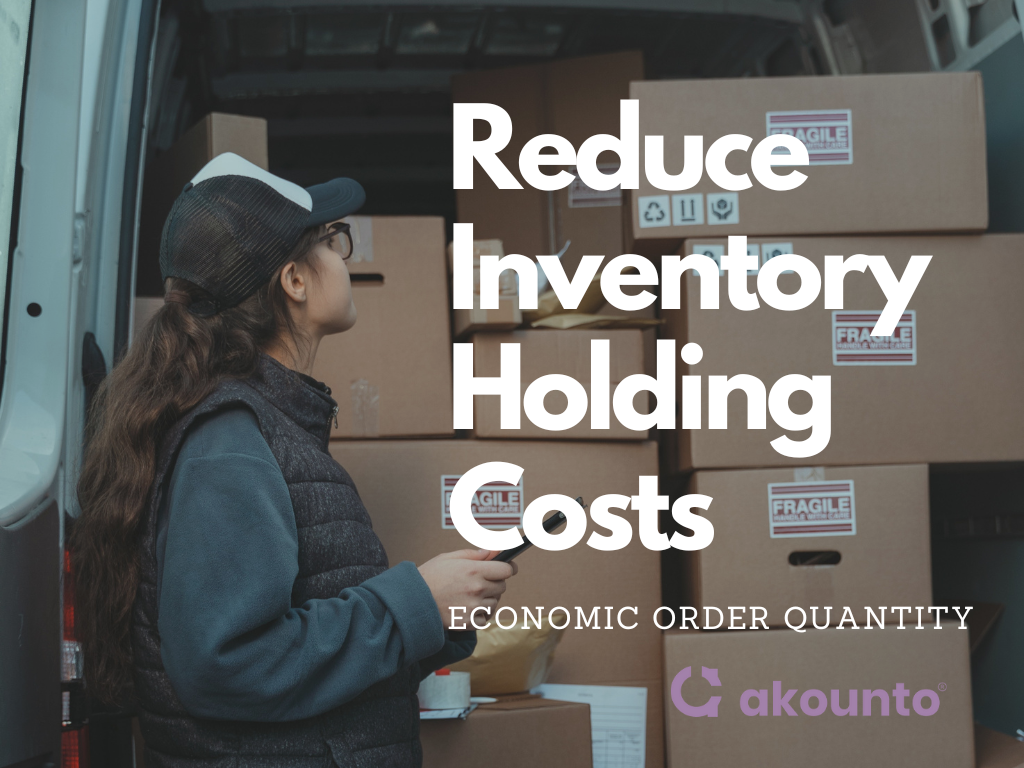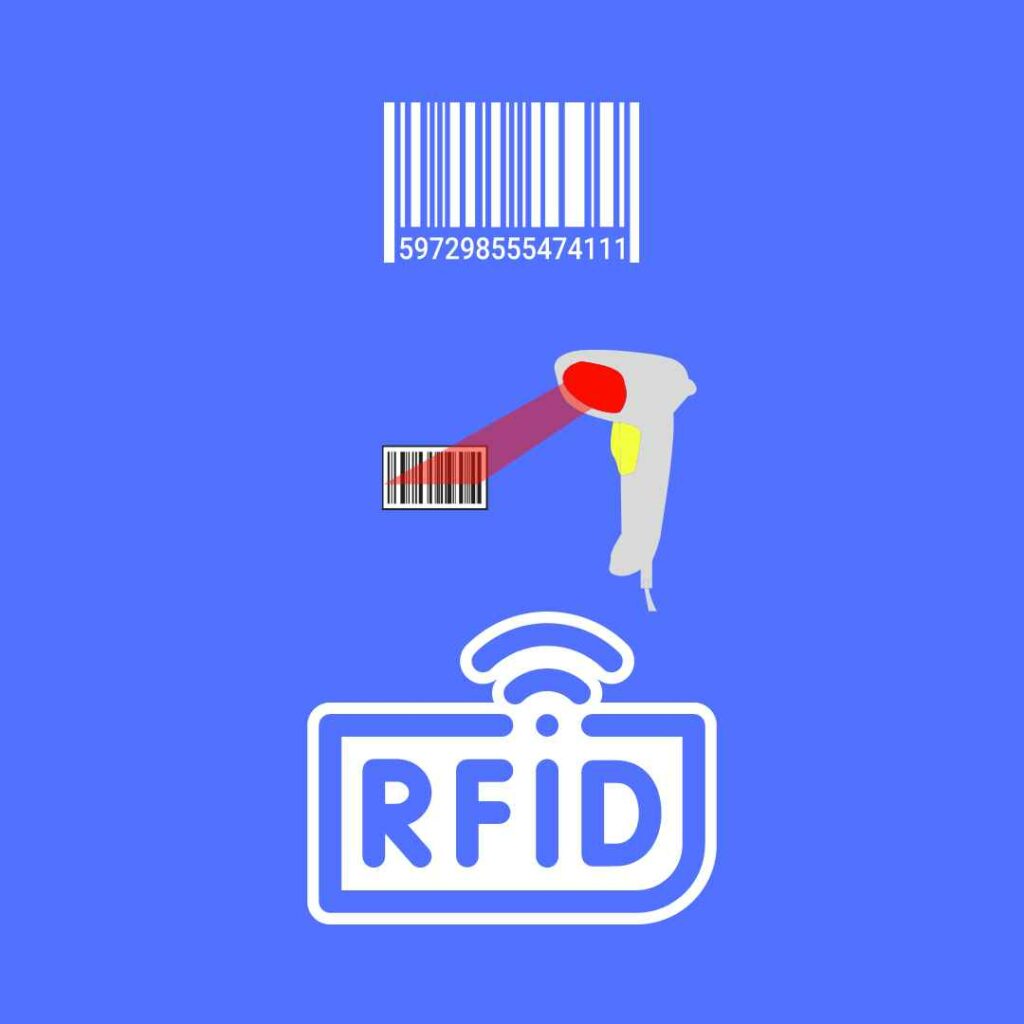Introduction to Free Cash Flow
Free Cash Flow (FCF) means the cash generated after accounting for cash outflows to fund operations and sustain its capital assets.
What’s covered in the article
FCF provides a clear picture of a company’s profitability by revealing the amount of cash left after necessary investments.
Financial analysts and investors prefer free cash flow to assess a company’s financial health and performance as it tells how much cash is available for dividends, share buybacks, or debt reduction, which can enhance shareholder value.
FCF is the preferred tool in financial modeling and is often used to estimate a company’s valuation.
FCF is also a generally accepted definition of a company’s profitability that considers non-cash items and interest expenses. It’s a more comprehensive measure than net income or earnings, as it considers the company’s investment in capital assets, which are crucial for growth.
FCF can indicate how well a company can generate cash flows to fund its operations and growth without relying on external financing. This is particularly important for companies with different capital structures.
A healthy company should generate enough cash to support its operations and investments. Therefore, a positive FCF is often seen as a good sign.
Significance
Free Cash Flow (FCF) provides a clear snapshot of a company’s financial condition, revealing its ability to generate net profit after necessary capital expenditures.
FCF shows how much cash a business generates that can be used for expansion, paying dividends, reducing debt, or other discretionary purposes. A positive free cash flow implies that a company generates more cash than is required to run the business and invest in its growth, a sign often associated with healthy companies.
A negative FCF means the company is not generating enough cash to support its capital expenditures, which could lead to liquidity issues in the long run. A negative FCF could also indicate that the company is making significant investments for future growth.
Investment bankers and financial analysts often rely on FCF when conducting a company’s financial statements analysis providing them with an accurate picture of how free cash flow is managed, which is crucial for assessing the company’s investment potential.
FCF can also be a key factor in merger and acquisition decisions, as it can indicate the speed of payment return on the investment. FCF is a critical barometer of a company’s financial health and operational efficiency.
Calculate Free Cash Flow fcf
There are several methods to calculate FCF, each providing unique insights into a company’s financial position. Following the four common methods:
From Operating Cash Flow
To calculate FCF from operating cash flow, start with the cash flow from operating activities. Add any interest expense, subtract the tax shield on the interest expense, and finally, subtract capital expenditure (Capex). The free cash flow formula is as follows:
| Calculating Free Cash Flow from “Cash from Operating Activities” | |
| Cash Flow from Operating Activities | XXXX |
| Add: Interest Expense | XXXX |
| Less: Tax Shield on Interest Expense | (XXXX) |
| Less: Capex (Capital Expenditure) | (XXXX) |
| Free Cash Flow | XXXX |
From Operating Profit/ Operating Income (EBIT)
When calculating FCF from EBIT (Earnings Before Interest and Taxes), start with EBIT, adjust it for the tax rate, add non-cash expenses, subtract changes in working capital, and finally, subtract Capex. The free cash flow formula is:
| Calculating Free Cash Flow from EBIT | |
| EBIT (1-Tax Rate) | XXXX |
| Add: Non Cash Expenses | XXXX |
| Less: Change in Working Capital | XXXX |
| Less: Capex | XXXX |
| Free Cash Flow | XXXX |
From EBITDA
To calculate FCF from EBITDA (Earnings Before Interest, Taxes, Depreciation, and Amortization), start with EBITDA, subtract non-cash expenses to get EBIT, subtract taxes to get Net Operating Profit After Tax, add back non-cash expenses, subtract Capex, and finally, subtract changes in working capital. The free cash flow formula is:
| Calculating Free Cash Flow from EBITDA | |
| EBITDA | XXXX |
| Less: Non-Cash Expenses | (XXXX) |
| EBIT = | XXXX |
| Less: Taxes | (XXXX) |
| Net Operating Profit After Tax = | XXXX |
| Add: Non-Cash Expenses | XXXX |
| Less: Capex | (XXXX) |
| Less: Change in Working Capital | (XXXX) |
| Free Cash Flow | XXXX |
From Net Income/ PAT/ Bottom Line
To calculate FCF from net income, start with net income, add interest expense, subtract the tax shield on interest expense, add non-cash expenses, subtract changes in working capital, and finally, subtract Capex. The fcf formula is:
| Calculating Free Cash Flow from Net Income | |
| Net Income | XXXX |
| Add: Interest Expense | XXXX |
| Less: Tax Shied on Interest Expense | (XXXX) |
| Add: Non-Cash Expenses | XXXX |
| Less: Change in Working Capital | (XXXX) |
| Less: Capex (Capital Expenditure) | (XXXX) |
| Free Cash Flow | XXXX |
Examples
Example 1
From the following information calculate free cash flow:
- Net Income: $500,000
- Interest Expense: $50,000
- Tax Shield on Interest Expense: $10,000
- Non-Cash Expenses (Depreciation): $20,000
- Change in Working Capital: $30,000
- Capital Expenditure (Capex): $100,000
Solution
Using the fcf formula:
Net Income = $500,000
Add: Interest Expense = $50,000
Less: Tax Shield on Interest Expense = ($10,000)
Add: Non-Cash Expenses = $20,000
Less: Change in Working Capital = ($30,000)
Less: Capex = ($100,000)
Free Cash Flow = $430,000
Example 2
From the following information calculate free cash flow:
- EBITDA: $600,000
- Non-Cash Expenses (Depreciation): $50,000
- Taxes: $100,000
- Capital Expenditure (Capex): $150,000
- Change in Working Capital: $50,000
Solution
Using the fcf formula:
EBITDA $600,000
Less: Non-Cash Expenses ($50,000)
EBIT = $550,000
Less: Taxes ($100,000)
Net Operating Profit After Tax = $450,000
Add: Non-Cash Expenses $50,000
Less: Capex ($150,000)
Less: Change in Working Capital ($50,000)
Free Cash Flow = $300,000
Unlevered Free Cash Flow and Levered Free Cash Flow
In financial analysis, two types of Free Cash Flow (FCF) are often discussed: Unlevered Cash Flow and Levered Free Cash Flow.
Unlevered Free Cash Flow
Unlevered Free Cash Flow is a company’s cash flow before taking interest payments into account. It represents the cash flow available to all investors, both debt and equity before the cost of borrowing is considered. This measure is often used in valuation models and is particularly useful in comparing companies across industries, regardless of their capital structure.
For example, if a business has an operating cash flow of $500,000, capital expenditures of $200,000, and no interest payments, its unlevered free cash flow would be $300,000 ($500,000 – $200,000).
Levered Free Cash Flow
Levered Free Cash Flow is the amount of cash a company has left after it has met all its financial obligations, including interest payments and mandatory debt repayments. Levered free cash flow refers to cash flow available to equity investors after all expenses, taxes, and debt repayments have been made.
For instance, if a company has an operating cash flow of $500,000, capital expenditures of $200,000, and interest payments of $50,000, its levered free cash flow would be $250,000 ($500,000 – $200,000 – $50,000).
Free Cash Flow To Equity (FCFE)
Free Cash Flow to Equity refers to how much cash is available to the equity shareholders after all expenses, reinvestments, and debt repayments are taken into account. In other words, the cash flow could be distributed to equity investors without affecting the company’s operations or capital structure.
FCFE is an important measure for investors as it provides an understanding of the ability of a business to generate cash and return it to shareholders through dividends or share buybacks. A healthy free cash flow to equity indicates that a company is generating more than enough cash to meet its obligations and reinvest in the business, which can be a positive sign for investors.
Free Cash Flow to Firm (FCFF)
FCFF is a measure of a company’s cash flow available to all its financial stakeholders, including equity shareholders, debt holders, and preferred equity holders. It represents the cash generated by the firm’s operations that can be distributed without affecting its operations or capital structure.
FCFF is a crucial measure for investors and the company’s management as it provides an overview of the firm’s financial health and ability to generate cash. It’s particularly useful for companies with complex capital structures as it considers all capital sources.
Conclusion
Understanding Free Cash Flow (FCF) is crucial for assessing a company’s financial health. It provides valuable insights into a company’s ability to generate cash beyond its required investments. By analyzing cash flow statements and income statements, investors can make data-driven decisions based on a company’s financial information and cash flow numbers.
Employ Akounto accounting software and experience features like recordkeeping, invoicing, etc., to manage your business hassle-free.











